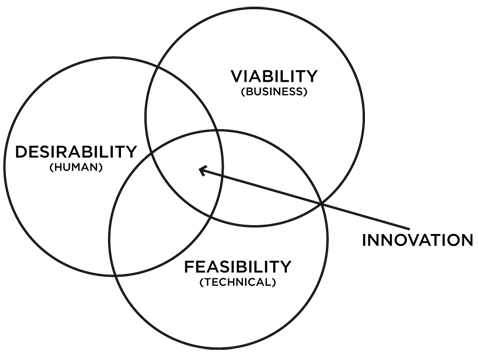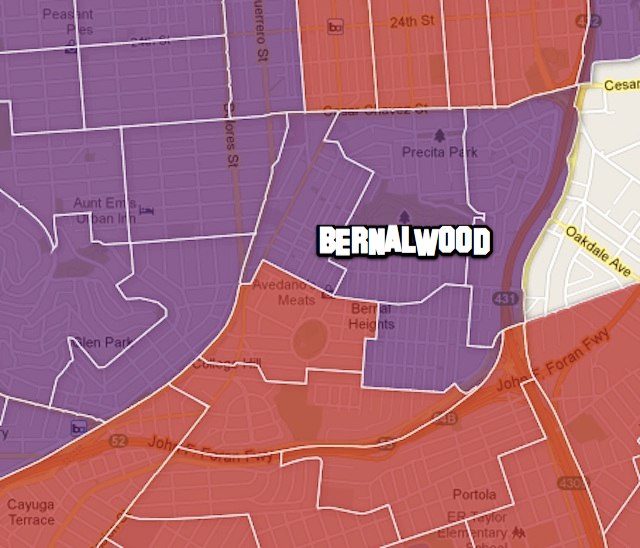Scott Paterson: How is technology impacting social and economic divisions in cities?

Who will you meet?
Cities are innovating, companies are pivoting, and start-ups are growing. Like you, every urban practitioner has a remarkable story of insight and challenge from the past year.
Meet these peers and discuss the future of cities in the new Meeting of the Minds Executive Cohort Program. Replace boring virtual summits with facilitated, online, small-group discussions where you can make real connections with extraordinary, like-minded people.
This post is a response to a group blogging event organized by Meeting of the Minds and Tumml.
When thinking about this question I find I’m focusing on division and how I might perceive how a division of any kind might be experienced. For starters, technology is designed. It gets designed. This design process can be the make or break point when technology is going to become divisive or not. There is a reason your microwave clock blinks 12:00 or car radio clock is off. It’s too hard to adjust it. That’s not user error that’s technology design error. The folks involved didn’t consider how people might use or whether they might even desire such a time display.
It’s all too common in this diagram for people to start with what they know – technical feasibility or business viability. That’s what they’re experts at, where they live 24/7. Innovation can come from anywhere and anybody. You can start anywhere on the diagram, but you will find if you cover off on all three circles by the time you finish you’ll have followed a different path that if you hadn’t.
To bring a kind of tangent to this a bit I want to share two recent stories I’ve come across that highlight someone overcoming division and someone perpetuating division. I don’t think either of them considers what they’re doing as this, but in light of the question, “How is technology impacting social and economic divisions in cities,” you can see their actions in relief to the pressures of a divide.
First is the photographer Olivia Bee. She has an amazing, inspiring Ted talk where she shares her point of view on motivation and dreams. She discusses shooting photos despite pressures to conform, as she says, “you have to do stuff besides the stuff you have to do”. My favorite phrase of hers is, “aspirational compromise is for pussies”. While watching I was wondering about the impact of advertising about technology. How much is that messaging causing a divide? Watch video here:
The second is a blog post from Bernalwood. My neighborhood blog. It’s about a Richard Florida map of San Francisco, specifically Bernal Heights, where the blogger points out, “…if at times Bernal Heights seems a bit divided on itself, well… that’s because in some ways it is…”.
But upon closer viewing you realize it is really the technology constructing the divide, visualizing the divide. The granularity of the data combined with the mapping technique cause generic divisions to be drawn that I suspect are much more nuanced. At issue here seems to be the kind of categorization of data – of people – that Olivia so strongly rejects. And at the heart of it is design. Before I get too far off topic, I’ll close by sharing an article in the Atlantic about this issue of maps and subjectivity.
If we start by engaging and considering people, their behaviors and motivations, we can change the course of the design process – to be user centered, not divisive.
Discussion
Leave your comment below, or reply to others.
Please note that this comment section is for thoughtful, on-topic discussions. Admin approval is required for all comments. Your comment may be edited if it contains grammatical errors. Low effort, self-promotional, or impolite comments will be deleted.
Read more from MeetingoftheMinds.org
Spotlighting innovations in urban sustainability and connected technology
Middle-Mile Networks: The Middleman of Internet Connectivity
The development of public, open-access middle mile infrastructure can expand internet networks closer to unserved and underserved communities while offering equal opportunity for ISPs to link cost effectively to last mile infrastructure. This strategy would connect more Americans to high-speed internet while also driving down prices by increasing competition among local ISPs.
In addition to potentially helping narrow the digital divide, middle mile infrastructure would also provide backup options for networks if one connection pathway fails, and it would help support regional economic development by connecting businesses.
Wildfire Risk Reduction: Connecting the Dots
One of the most visceral manifestations of the combined problems of urbanization and climate change are the enormous wildfires that engulf areas of the American West. Fire behavior itself is now changing. Over 120 years of well-intentioned fire suppression have created huge reserves of fuel which, when combined with warmer temperatures and drought-dried landscapes, create unstoppable fires that spread with extreme speed, jump fire-breaks, level entire towns, take lives and destroy hundreds of thousands of acres, even in landscapes that are conditioned to employ fire as part of their reproductive cycle.
ARISE-US recently held a very successful symposium, “Wildfire Risk Reduction – Connecting the Dots” for wildfire stakeholders – insurers, US Forest Service, engineers, fire awareness NGOs and others – to discuss the issues and their possible solutions. This article sets out some of the major points to emerge.
Innovating Our Way Out of Crisis
Whether deep freezes in Texas, wildfires in California, hurricanes along the Gulf Coast, or any other calamity, our innovations today will build the reliable, resilient, equitable, and prosperous grid tomorrow. Innovation, in short, combines the dream of what’s possible with the pragmatism of what’s practical. That’s the big-idea, hard-reality approach that helped transform Texas into the world’s energy powerhouse — from oil and gas to zero-emissions wind, sun, and, soon, geothermal.
It’s time to make the production and consumption of energy faster, smarter, cleaner, more resilient, and more efficient. Business leaders, political leaders, the energy sector, and savvy citizens have the power to put investment and practices in place that support a robust energy innovation ecosystem. So, saddle up.








0 Comments